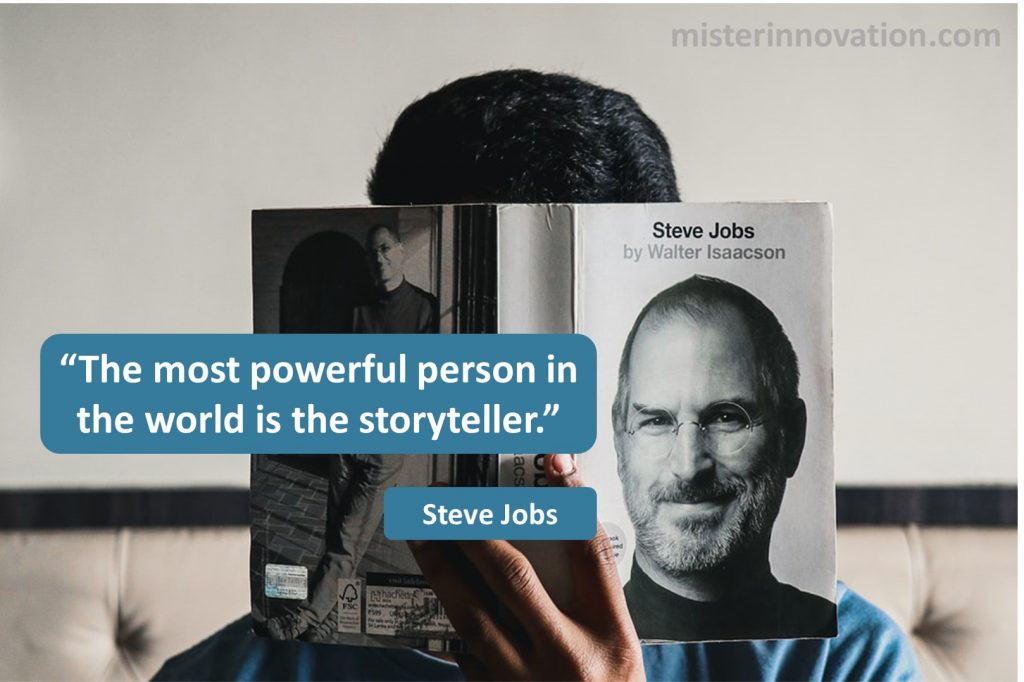
GUEST POST from Robyn Bolton
“But even more importantly, our employees were working from home for two and a half years. And in hindsight, it turns out, it’s really hard to do bold, disruptive innovation, to develop a boldly disruptive shoe on Zoom.” – John Donahoe, Nike CEO
I am so glad CNBC’s interview with Nike’s CEO didn’t hit my feed until Friday afternoon. It sent me into a rage spiral that I am just barely emerging from. Seriously, I think my neighbors heard the string of expletives I unleashed after reading that quote, and it wasn’t because it was a lovely day and the windows were open.
Blaming remote work for lack of innovation is cowardly. And factually wrong.
I’m not the only one giving Mr. Donahoe some side-eye for this comment. “There were a whole bunch of brands who really thrived during and post-pandemic even though they were working remotely,” Matt Powell, advisor for Spurwink River and a senior advisor at BCE Consulting, told Footwear News. “So I’m not sure that we that we can blame remote work here on Nike’s issues.”
There’s data to back that up.
In 2023, Mark (Shuai) Ma, an associate professor at the University of Pittsburgh, and Yuye Ding, a PhD student at the university’s Katz Graduate School of Business, set out to empirically determine the causes and effects of a firm’s decision to mandate a return to work (RTO). They collected RTO mandate data from over 100 firms in the S&P 500, worked backward to identify what drove the decision, and monitored and measured the firm’s results after employees returned to work.
Their findings are stark: no significant changes in financial performance for firm value after RTO mandates and significant declines in employee job satisfaction. As Ma told Fortune, “Overall, our results do not support these mandates to increase firm values. Instead, these findings are consistent with managers using RTO mandates to reassert control over employees and blame employees as a scapegoat for firm bad performance.”
Or to justify spending more than $1B to double the size of its Beaverton, OR campus.
When you start blaming employees, you stop being a leader.
CEOs make and approve big, impactful, complex, high-stakes decisions. That’s why they get paid the big bucks. It’s also why, as Harry Truman said, “The buck stops here.”
Let’s examine some of the decisions Mr. Donahue made or supported that maybe (definitely) had a more significant impact on innovation than working from home two days a week.
Ignoring customers, consumers, and the market: Nike has a swagger that occasionally strays into arrogance. They set trends, steer culture, and dictate the rules of the game. They also think that gives them the right to stop listening to athletes, retailers, and consumers, as evidenced by the recently revealed Team USA Track & Field uniforms, the decision to stop selling through major retailers like Macy’s and Olympia Sports, and invest more in “hype, limited releases, and old school retro drops” than the technology and community that has consumers flocking to smaller brands like Hoka and Brooks.
Laying off 2% of its workforce: Anyone who has ever been through a layoff senses it’s coming months before the announcement and the verdicts are rendered. Psychological safety, feeling safe in your environment, is a required element for risk-taking and innovation. It’s hard to feel safe when saying goodbye to 1500 colleagues (and wondering if/when you’ll join them).
Investing too much in the core: Speaking of safety, in uncertain times, it’s tempting to pour every resource into the core business because the ROI is “known.” Nike gave in to that temptation, and consumers and analysts noticed. Despite recent new product announcements like the Air Max DN, Pegasus Premium, and Pegasus 41, “analysts point out these ‘new’ innovations rely too much on existing franchises.”
Innovation is a leadership problem that only leaders can solve
Being a CEO or any other senior executive is hard. The past four years have been anything but ordinary, and running a business while navigating a global pandemic, multiple societal upheavals, two wars, and an uncertain economy is almost impossible.
Bosses blame. Leaders inspire.
Mr. Donohue just showed us which one he is. Which one are you?
One MORE thing
This is a losing battle, but STOP USING “DISRUPTIVE” INCORRECTLY!!!! “Disruptive Innovation,” as defined by Clayton Christensen, who literally coined the phrase, is an innovation that appeals to non-consumers and is cheaper and often lower quality than existing competitors.
Nike is a premium brand that makes premium shoes for premium athletes. Employees could spend 24/7/365 in the office, and Nike would never develop and launch a “boldly disruptive shoe.”
Image credit: Pixabay
 Sign up here to join 17,000+ leaders getting Human-Centered Change & Innovation Weekly delivered to their inbox every week.
Sign up here to join 17,000+ leaders getting Human-Centered Change & Innovation Weekly delivered to their inbox every week.
 Drum roll please…
Drum roll please…![]() Sign up here to get Human-Centered Change & Innovation Weekly delivered to your inbox every week.
Sign up here to get Human-Centered Change & Innovation Weekly delivered to your inbox every week.






